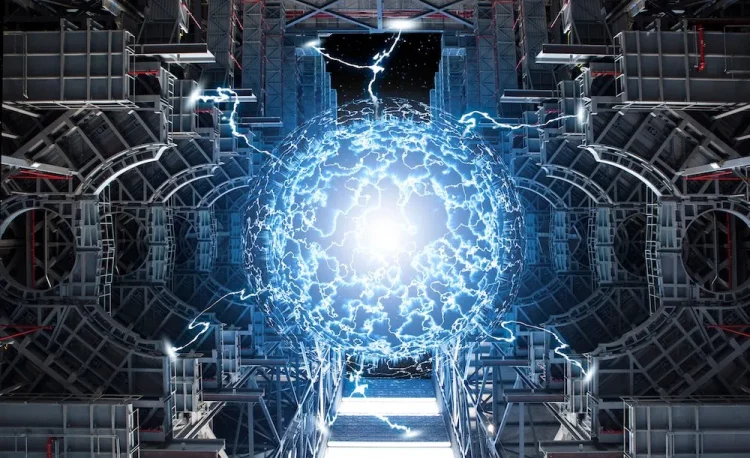The Genesis of Earth and the Potency of the Sun
According to modern scientific consensus, Earth emerged some 4.6 billion years ago amidst the formation of the solar system, birthed from a collapsing molecular cloud. This colossal conglomerate of matter, governed by the inexorable pull of gravity, was a rich mixture of hydrogen and helium with traces of heavier elements. Amidst this contraction, the central region ignited under immense heat and pressure to form a nascent star, the early avatar of our Sun. Surrounding it, a flattened disc materialized, the protoplanetary disk, where particles collided and coalesced into varied sizes, forerunning planets as ‘planetesimals.’ Through a symphony of impacts and amalgamations, their mass and volume expanded, with the inner solar system favoring rocky and metal worlds—a narrative that outlines the lineage of terrestrial planets like Mercury, Venus, Earth, and Mars.
A ballet of smaller bodies, including asteroids and comets, also took shape; some spiraling into planets, others dwelled at the system’s fringes. Time would eventually settle the once-chaotic dance into an ordered cosmos we witness today, with the Sun orchestrating the motion of planets, moons, asteroids, and comets in a celestial symphony of gravitational harmony.
Unraveling the Sun’s Enduring Flame
For aeons, the Sun has shed its fusion-driven radiance, depleting a mere fraction of its mass over five billion years—a stellar conundrum eliciting profound curiosity about its lasting luminescence.

The Dawn of a New Energy Era
Initially, the longevity of solar burning was attributed to chemical combustion. However, calculations revealed such mechanisms as insufficient for the Sun’s enduring energy production. The revelation of mass-energy equivalence through Einstein’s famed equation, E=mc2E=mc2, shattered traditional notions by establishing convertible mass and energy, a breakthrough fostering both peaceful nuclear power and geopolitical upheavals through weaponry.
Within the Sun’s core, a ballet of nuclear fusion converts mass into abundant energy, with reactive conditions sustained by the sun’s gravitational embrace. Despite this fusion furnace’s might, the lost mass remains a sliver of solar total, promising billions more years of solar custody over Earth’s daylight.
Navigating Controlled Nuclear Fusion’s Horizon
The pursuit of controlled nuclear fusion teeters on the brink of material breakthroughs, with recent advancements in rare-earth barium copper oxides (ReBCO) propelling the field toward feasible, cost-effective frontiers. Commendations in the “IEEE Transactions on Applicable Superconductivity” accentuate this material’s superior performance and affordability, offering a tantalizing glimpse into a future where energy is plenteous and clean.
Yet, the leap to harness such power is laden with formidable challenges: enduring extreme conditions, mastering plasma, surpassing the breakeven of energy output versus input, and sourcing materials like helium-3. Success in this arena draws the blueprint for a technological renaissance, abundant desalination resources, and expands the realms of space exploration.
Conclusion: The Fusion Fueled Future
Controlled nuclear fusion remains an illustrious dream on the scientific horizon, a beacon of human ingenuity. Should we wield this power, our civilization will undeniably leap forward, embodying a future where energy is infinite, climate change mitigated, and ecological preservation, a given. It stands as a testament to the relentless human spirit and the burgeoning promise of a brighter tomorrow.


















































Discussion about this post